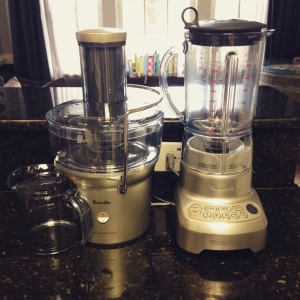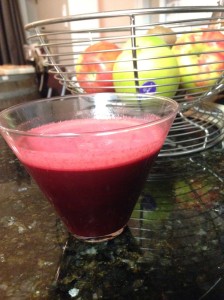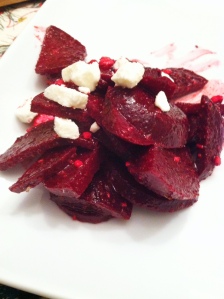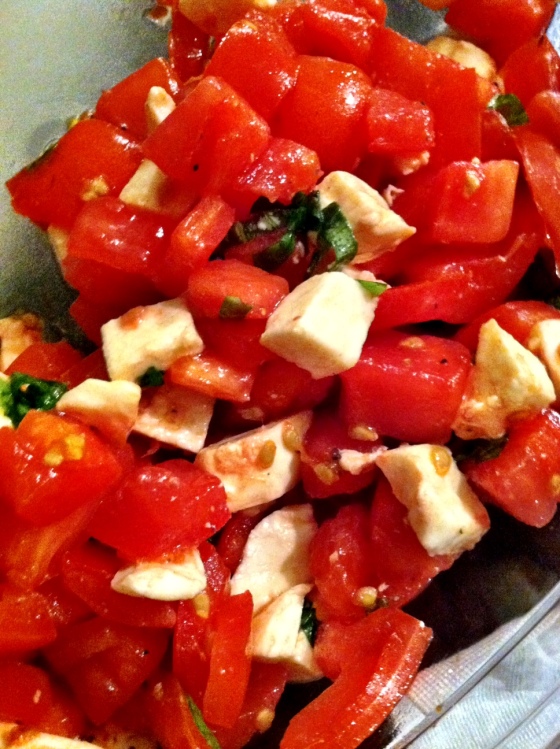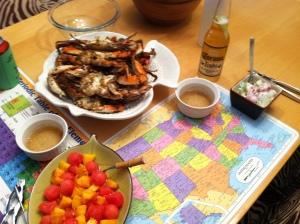Hey, so it’s been awhile. And I apologize. But I’m not going to pretend like it’s a new year and I’m going to be better about blogging and make resolutions or promises about this, because then we would both be disappointed. See, around May of 2014 I turned my freelance career into an actual business: The Content Chop Shop. And since then I have been overwhelmed and overjoyed by the amount of business I’ve had. Quite a bit of this business is blogging….for other companies. This leaves very little time for blogging….for myself.
But this past Christmas I was gifted a new kitchen appliance . . . one that, unlike the uninspired toaster or a microwave, has basically spawned a cult of loyal followers. That’s right – someone gave me a juicer.
Why Juice?
I’m not going to go into a long, scientific, Alton Brown-esque explanation here like I usually do, but here’s the gist of it:
It’s hard to eat a bunch of fruits and veggies. It’s much easier to just drink them and get the same nutrients in one glass of juice than five or six whole foods.
Yes, ideally I would eat two apples, three carrots, a nub of ginger, half a kohlrabi, a pear and a handful of parsley, but I’m not going to, so instead I juiced them all and had that for lunch. Simple. I like simple.
I’ve only been juicing for a couple of weeks, but so far I love it! I have so much energy when I do and the juices are really so much more filling that you would think. I really did have that juice I just mentioned for lunch today and it kept me satiated until 5:30 when I had a handful of pistachios while getting dinner ready.
But as you can imagine, it didn’t take me long to incorporate my all-time favorite food into my new juicing obsession: beets.
Blood-Red Beet Juice Martini
Ingredients:
- 2 honeycrisp apples
- one raw beet, scrubbed and trimmed
- four medium carrots, scrubbed
- handful of baby kale
Method:
- When/if possible, choose all organic ingredients listed above. Wash and trim any greens from carrots and beets
- Process all ingredients through your juicer
- Pour juice into a martini shaker full of ice and shake for several seconds
- pour into chilled martini glasses and enjoy!
So why the martini shaker?
Because it’s cool. I mean, really – when juice comes out of a juicer it’s basically just room temperature, so if you like your juice a little chilled, shaking it in a martini shaker is actually a kind of brilliant way (if I do say so myself) to bring its temperature down without diluting it too much by pouring it over ice. This juice was just a bit sweet from the apples and beets with a nice earthiness from the carrots and kale. It was a really good balance and when sipped during dinner, kept my appetite at bay, meaning it kept me from over eating, which is a common problem for me . . .
So while I can’t commit to blogging on a regular basis, I can commit to juicing. Because it’s easy, it’s good for you, and the other people in my cult tell me it’s cool.

